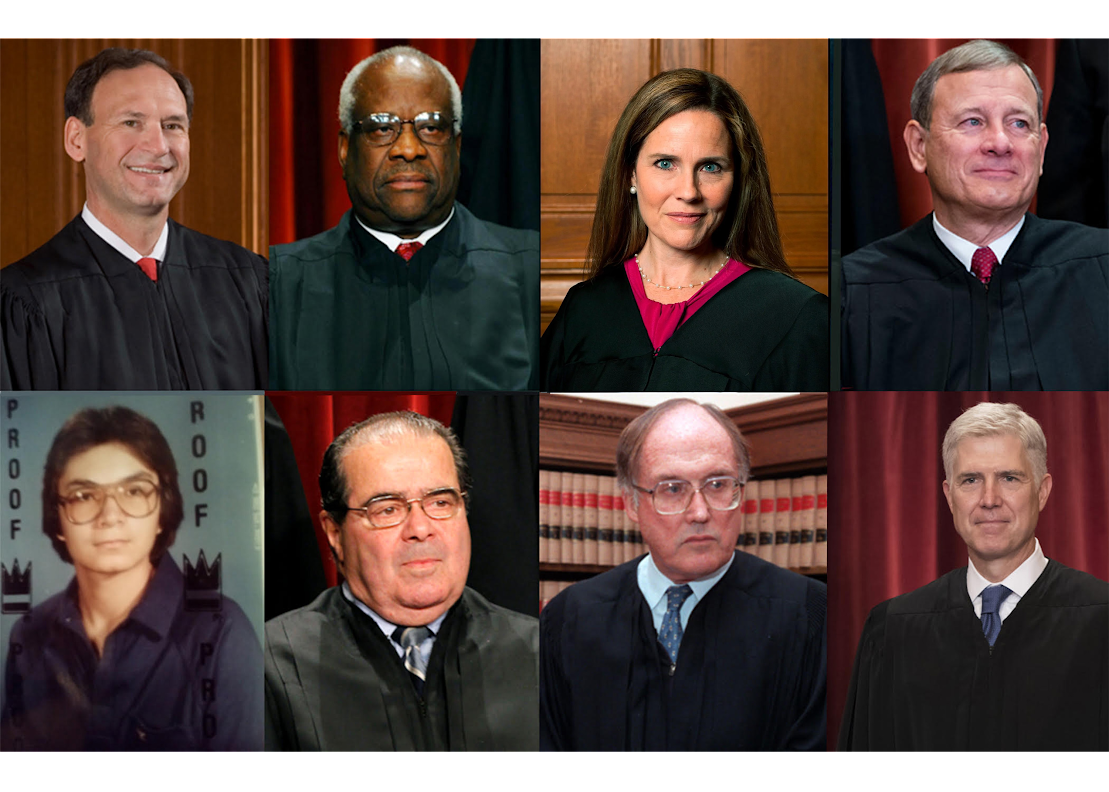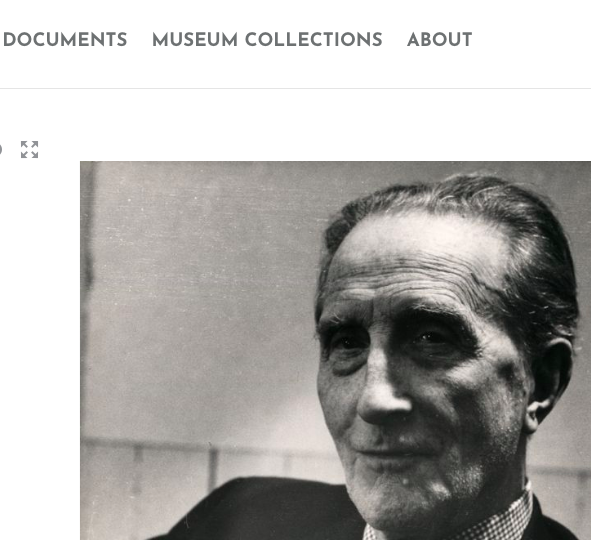Two interesting blog articles today concerning copyright. The first blog article, by Alyson Stanfield, takes a fresh approach to the copyright issues museums face when exhibiting work to which they do not own the copyright. Alyson proposes a “blog room” of sorts analogous to press rooms, which would provide bloggers with some sample images and content which bloggers could use to review and promote museum exhibitions. Not a bad idea.
The other blog article comes to us via The Atlantic’s Kembrew McLeod, an associate professor of communication studies at the University of Iowa and an independent documentary filmmaker. Note that Kembrew lacks any formal legal training (and presumably a J.D.). I say this not as educational snobbery or pretension, but rather to highlight the ongoing “free culture” cry by those that lack any true understanding of the legal and constitutional underpinings of copyright and law in this country (the U.S.), not to mention artistic creativity. Kembrew’s lament adds fuel to a moral-panic fire in dire need of some rationale, legal understanding, and practical understanding of the fair use nuances dictated by each individual medium (music, film, visual art, writing).








